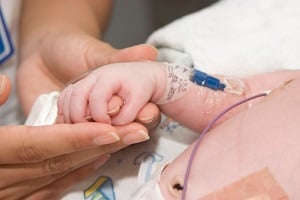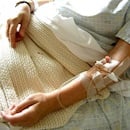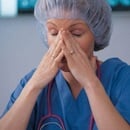
Digitalis Toxicity in the Neonate
Although Digoxin is the most widely used cardiac glycoside in the United States, its use in neonates remains controversial. In neonates, especially premature infants, there is a very narrow range between therapeutic and toxic drug levels. This increases the potential risk of Digitalis toxicity. Close monitoring and lower maintenance dosages are also vital in the NICU because of the limited ability of the neonate’s premature kidneys to excrete the drug.
Digoxin acts by increasing the strength and vigor of heart contractions by increasing the level of calcium in heart muscle, which increases the force of heart contractions. Digoxin also slows electrical conduction between the atria and the ventricles of the heart and is useful in treating abnormally rapid atrial rhythms such as atrial fibrillation, atrial flutter and atrial tachycardia.
Since Digoxin use in the neonate is potentially life threatening, the NICU nurse has a huge responsibility in terms of close monitoring and observation of the infant during Digoxin therapy. Prior to administration of Digoxin, the nurse should always check the dosage with another RN. The dosage is calculated to achieve an average serum concentration of Digoxin of 2 nmol/L in infants less than one month of age (L Nyberg, 2004). The RN should also monitor the apical pulse rate for a full minute prior to administration of Digoxin and withhold the next dose if the pulse rate is less than 90-110 bpm (J Klossner, 2006).
Early signs of Digitalis toxicity can be detected by an alert and knowledgeable nurse. The earliest signs of toxicity in the newborn are undue slowing of the pulse rate (bradycardia), sinoatrial arrest and prolongation of the PR Interval (A Collins Abrams, 2006). Digoxin toxicity should also be suspected in any neonate who becomes apathetic towards feeds during therapy. Other common side effects of Digoxin therapy include vomiting and skin rashes.
Treatment of Digoxin toxicity requires close hemodynamic monitoring, restoration of serum potassium levels and the use of anti-arrhythmic drugs.




